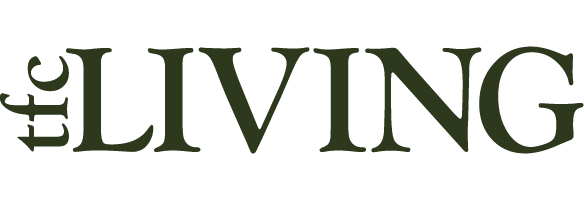Getting your people to contribute more to your organization while simultaneously establishing stronger talent retention must cost a pretty penny, right? Not really, says corporate coach Maxine Attong.
“You don’t necessarily need to add expensive new ingredients to the stew, you just have to know how to use your ingredients better,” she says. “A talented chef – or in this case, corporate or organizational leader – knows how to let an ingredient speak for itself, perhaps with just a touch of seasoning, or guidance.”
What is the guidance – competition or incentives such as bonuses? Not exactly.
“Most employees want to have more input,” says Attong, a certified facilitator and author of “Lead Your Team to Win: Achieve Optimal Performance By Providing A Safe Space For Employees” (www.MaxineAttong.com). “However, personal issues, fear of being laughed at or anxiety of not getting credit can stymie contributions from a leader’s staff.”
If a leader can engender a real sense of trust, the organization will benefit both from the individual and the team’s ingenuity. A reliable way of establishing a trusting climate is to make team members feel safe, says Attong, who offers five steps for doing so.
• Share responsibility; practice “I” statements: With openness, encourage interaction by having team members and leaders enforce the rules and monitor the use of common space. When members break the rules, the team discusses the problems and decides on the sanctions and steps necessary to assist the member in following the rules next time. Speakers are discouraged from using the word “you.” Instead, they use “I.” This simple yet effective practice encourages personal culpability and discourages blame.
• Consistency: Teams need to consistently follow the agreed-upon rules as they set the boundaries and the tone for relationships. Following the rules makes the behavior in the space predictable, which limits uncertainty and increases feelings of safety. Consistent application of the rules helps the team to increase trust as behavior becomes prescriptive and members know more or less what will happen in the room and how they will be treated.
• Judgment: The members must feel that they are not being judged. If someone says that an idea is bad, the speaker will shut down and feel embarrassed. In the future that speaker will hesitate to give ideas, since he feels his ideas may not be good enough for the team. Less confident team members may refrain from presenting ideas if they are uncertain of the quality of the ideas. However, many ideas that may seem strange or unorthodox at first can wind up being some of the best.
• Good intentions: Not all team members are effective communicators so it may be difficult for some people to frame and cogently express their thoughts.
“I assume all team members have good intentions and want a positive outcome,” Attong says. “Even though what I am hearing may be contrary to that assumption, I hold on to the thought so that I am able to fully understand what the member is saying before I react.”
When listening this way, the leader delays having a reaction and has time to assess the situation before responding. When the leader has emotionally detached from the situation, he can then ask questions to clarify the situation.
• Norming: By this point, team members seem to embrace each other and there is a spirit of togetherness. Do not be fooled by this. This doesn’t mean that your team has normed—that each team member makes decisions that advance the goals of the team. It means that the safe space concept has allowed them to see each other in a more neutral light and accept each other’s strengths and weaknesses. While the space may act as an accelerator or catalyst for the team to norm, it is not magic. It does not mean that whatever problems existed within the team before have miraculously disappeared. The leader still needs to pay attention and check the team temperature. Regular team meetings and team building sessions should still be conducted.
About Maxine Attong
Maxine Attong (www.MaxineAttong.com) has been leading small and large teams for the past two decades – both in organizational settings and in her private coaching and facilitation practice. She has helped organizations come to consensus, overcome the perils of ineffective leadership, redesign processes to suit changing environments, and manage the internal chaos inherent in strategy implementation. She has been trained as a Gestalt Organizational Development practitioner, a Certified Evidence-Based Coach, a Certified Professional Facilitator, a Certified Management Accountant and is a former Quality Manager. Attong is a graduate of the University of the West Indies, and divides her time between the Caribbean and the United States. Her latest book is “Lead Your Team to Win: Achieve Optimal Performance By Providing A Safe Space For Employees.






